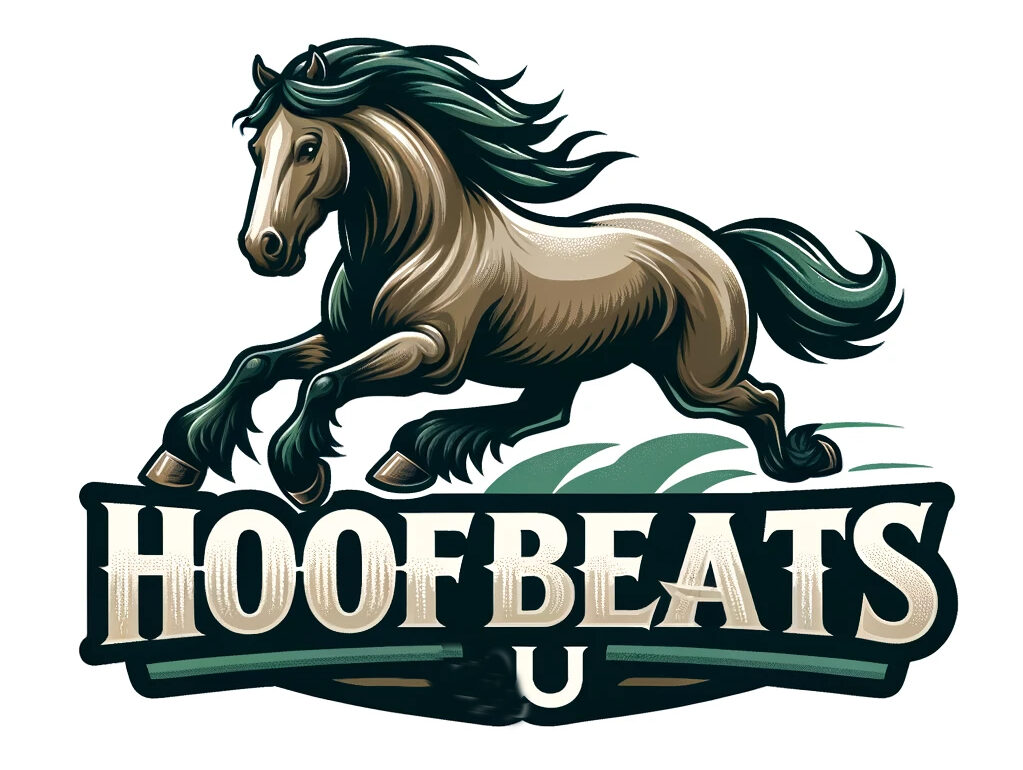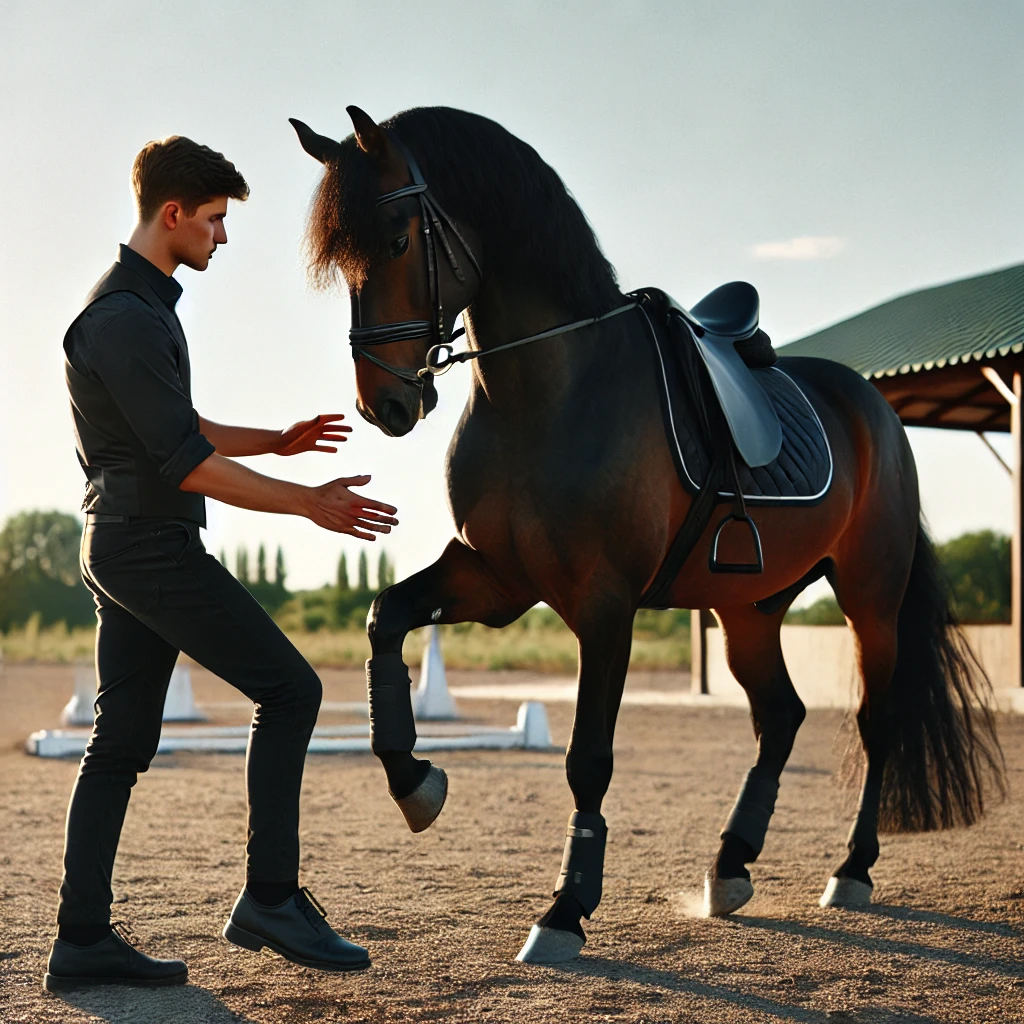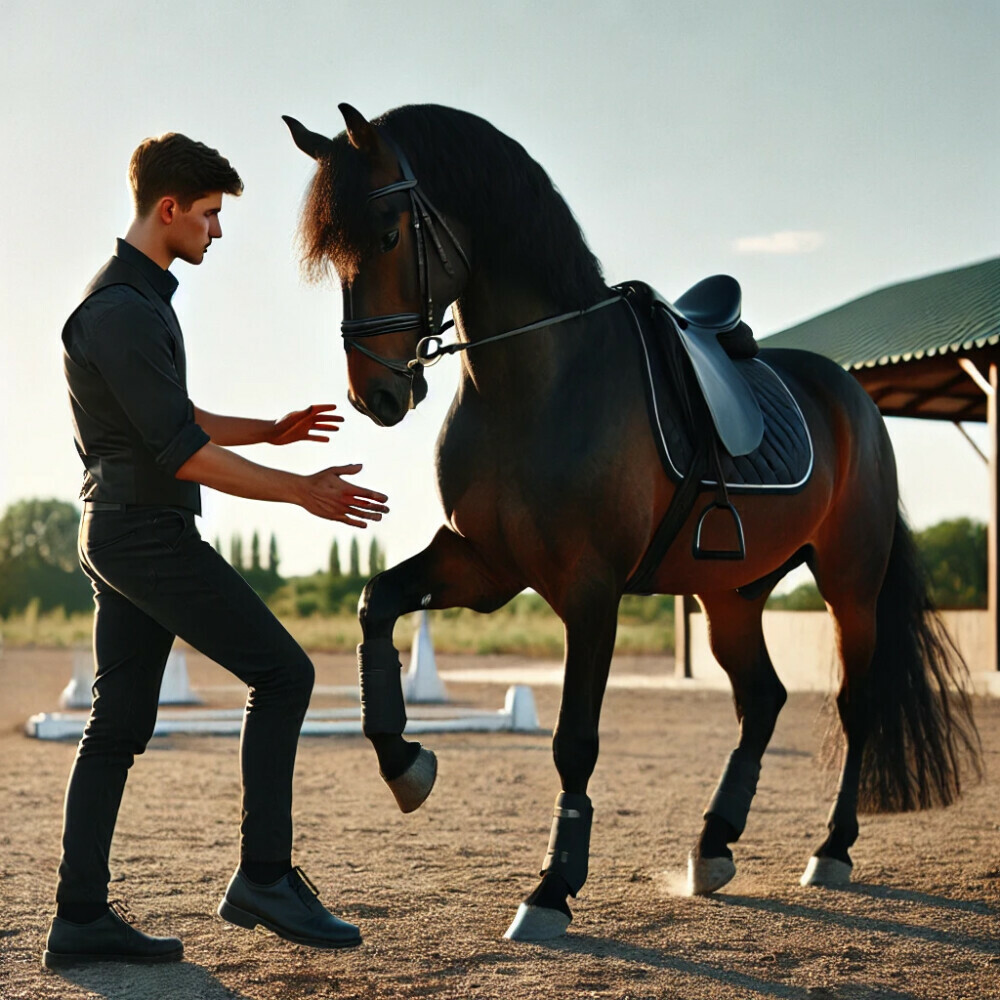
When you delve into the world of advanced horse training, you embark on a journey that deepens the bond between horse and rider. This journey not only enhances your riding skills but also enriches the life of your horse by providing mental stimulation and physical conditioning. Let’s explore the key concepts that underpin effective advanced horse training.
We will also look closer at several of these topics in separate posts. We have looked at some of these in other posts, but may look at them again as repetition can create familiarity and familiarity can create a good habit of review not only for the horse, but for the trainer, as well.
Understanding Horse Behavior and Psychology
The cornerstone of any successful training program is a solid understanding of horse behavior and psychology. Horses are herd animals with a strong instinct for social hierarchy. They communicate primarily through body language, and recognizing these signals can greatly enhance your training sessions. An advanced trainer must be adept at interpreting signs of discomfort, anxiety, or defiance, and responding with appropriate actions to maintain trust and respect.
Like people, horses can have bad or off days, too. Be sure that you acknowledge that fact, but don’t let the horse use it as an excuse not to do work.
The Importance of a Well-Fitted Saddle and Tack
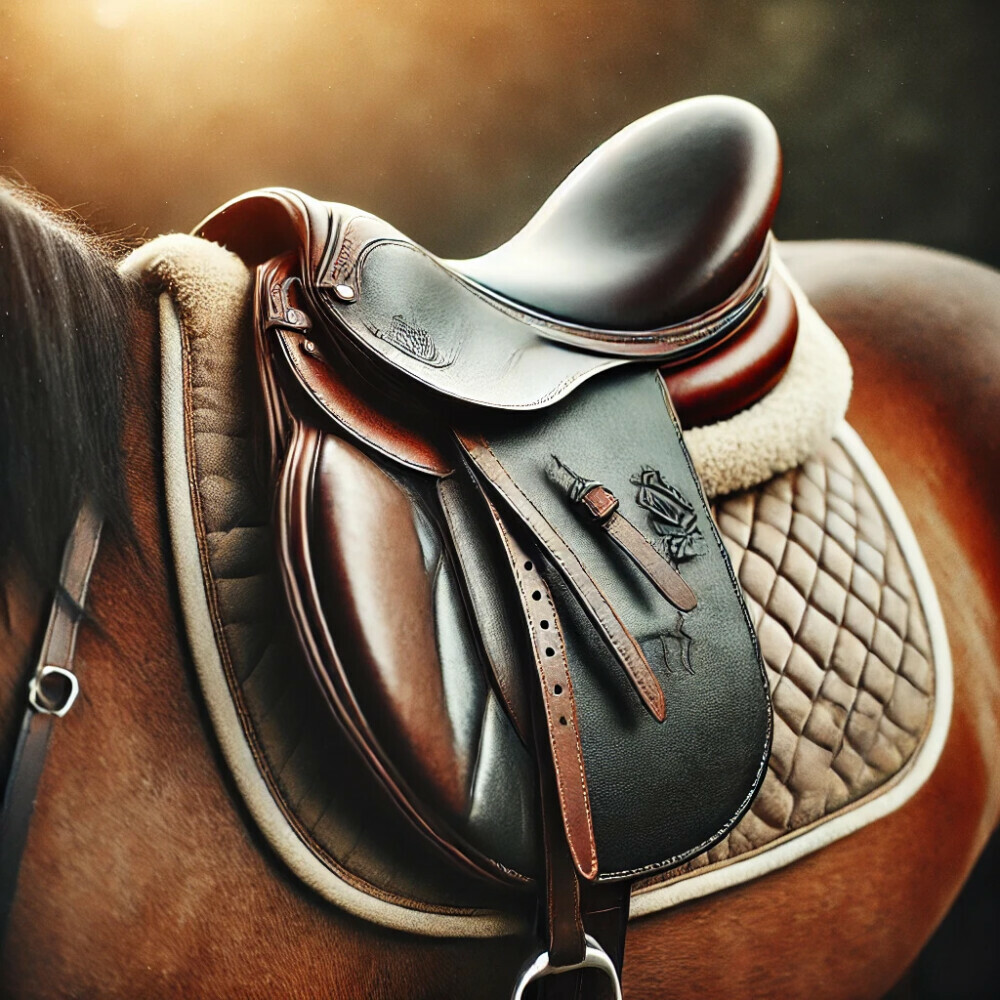
For advanced maneuvers, the importance of a well-fitted saddle and tack cannot be overstated. A poorly fitted saddle can cause discomfort or pain, leading to resistance and behavioral issues. Ensure that your saddle fits your horse’s back correctly and that all tack is in good condition and adjusted properly. This attention to detail facilitates better communication and allows your horse to perform advanced movements with ease.
Mastering Basic Commands
Before moving on to complex exercises, a solid grasp of basic commands is essential. Advanced training builds on these fundamentals, refining them into more subtle cues. For example, instead of a broad leg pressure to move forward, advanced training focuses on precise leg placement and pressure to elicit specific responses. This precision enhances the horse’s responsiveness and sharpens their understanding of the rider’s intent.
Introducing Complex Exercises
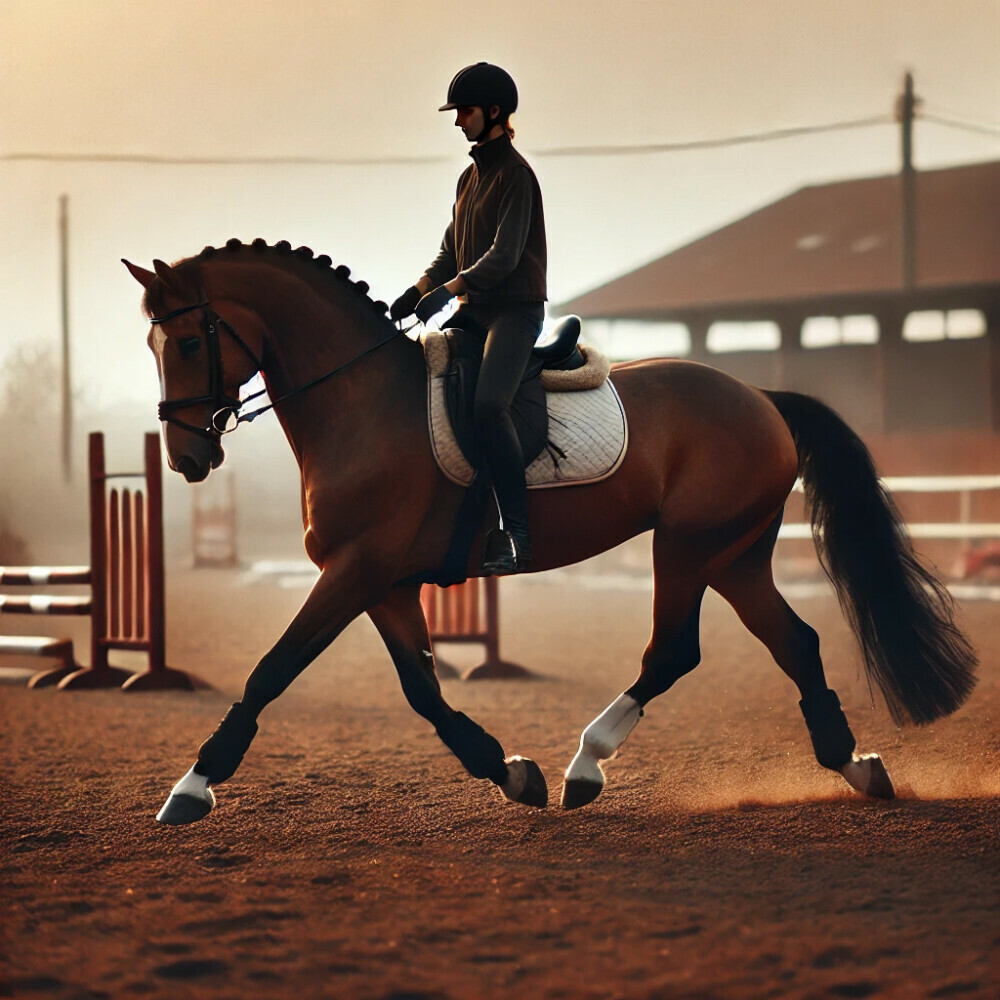
Advanced training introduces more complex exercises such as collection, lateral movements, and lead changes. Collection involves teaching your horse to carry more weight on their hindquarters, resulting in a more balanced and controlled movement. Lateral movements, including shoulder-in, haunches-in, and leg yield, improve flexibility and coordination. Lead changes, where the horse switches the leading leg at the canter, are crucial for disciplines like dressage and jumping.
Safety First: Best Practices
Safety should always be a priority in advanced horse training. Both horse and rider are at risk of injury if proper precautions are not taken. Always use appropriate protective gear, such as helmets and body protectors. Warm up your horse adequately before attempting advanced exercises to prevent strains and injuries. Additionally, be mindful of your horse’s limits and never push them beyond their capacity.
Building a Training Routine
Consistency, patience, and positive reinforcement are key components of an effective training routine. Establish a regular training schedule that includes a mix of groundwork and riding sessions. Patience is vital, as advanced training requires time and repetition. Positive reinforcement, such as treats or verbal praise, encourages your horse to repeat desired behaviors and fosters a positive learning environment.
The Role of Cross-Training
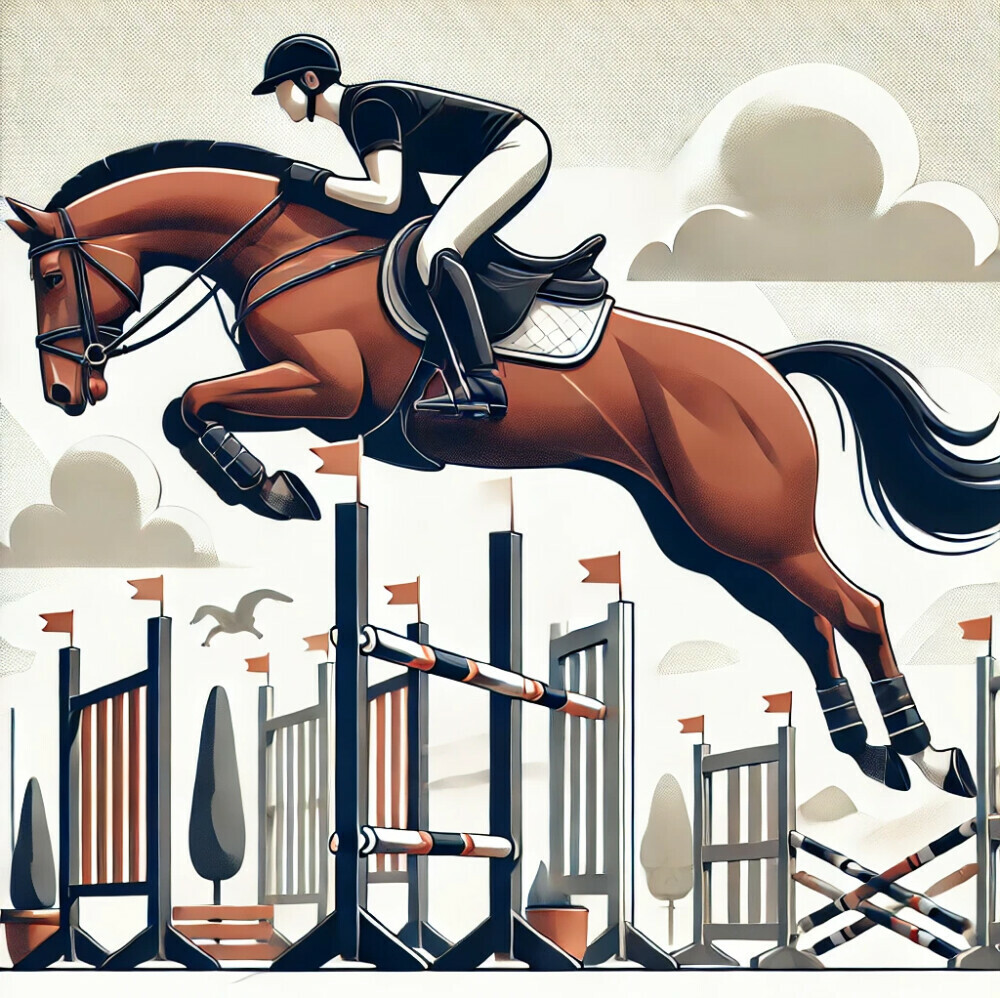
Cross-training incorporates varied disciplines into your horse’s training program, promoting a well-rounded equine athlete. Activities like trail riding, jumping, and even swimming can provide physical and mental stimulation, preventing boredom and overuse injuries. Cross-training also develops different muscle groups and improves overall fitness, making your horse more versatile and resilient.
Evaluating Progress and Adjusting Training Goals
Regular evaluation of your horse’s progress is crucial to ensure that training goals are being met. Keep a training journal to track achievements and setbacks. Be prepared to adjust your goals based on your horse’s performance and well-being. Flexibility in your training plan allows you to respond to your horse’s needs and maintain steady progress.
Seeking Expert Guidance
There may come a point when you need the expertise of a professional trainer. Advanced maneuvers can be challenging to teach without experienced guidance. A professional can provide personalized training plans, troubleshoot specific issues, and offer hands-on demonstrations. Seeking expert advice ensures that both you and your horse continue to develop skills safely and effectively.
Conclusion
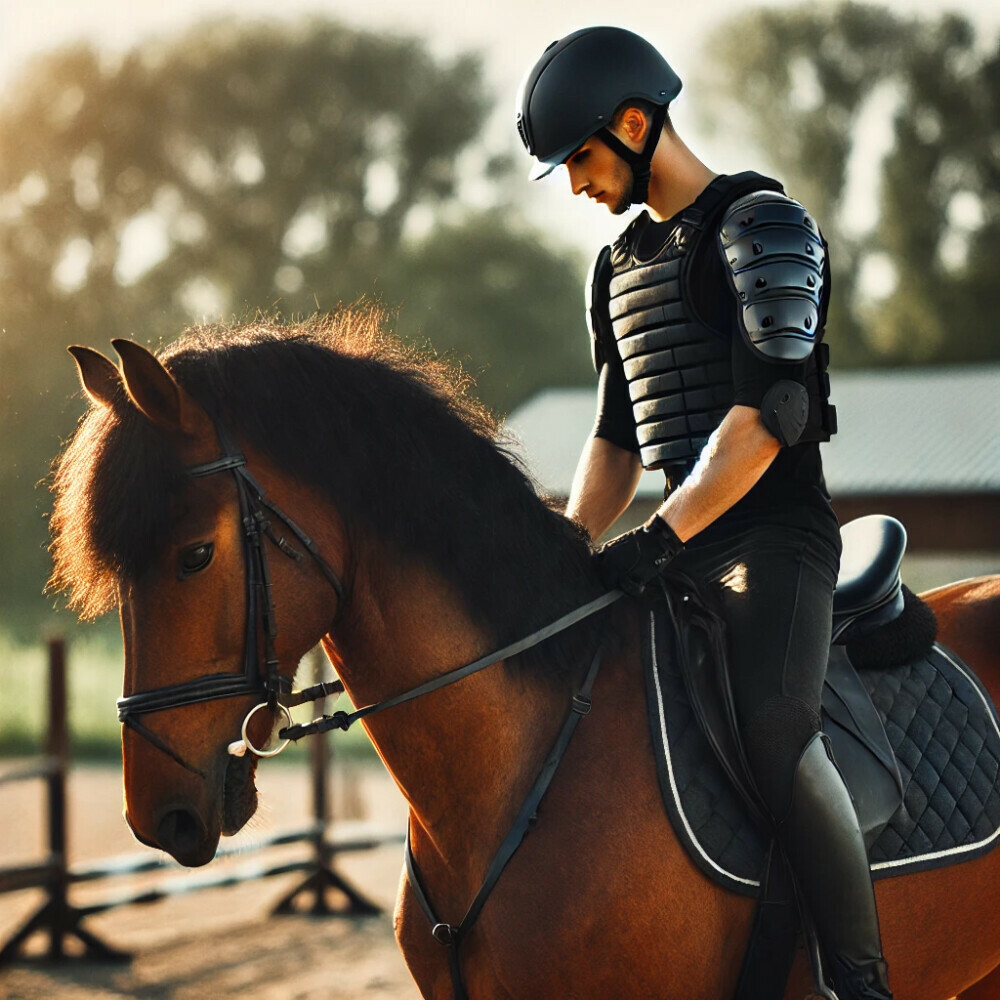
Advanced horse training is a rewarding endeavor that enhances the bond between horse and rider while promoting physical and mental development. By understanding horse behavior, ensuring proper tack, mastering basic commands, and introducing complex exercises, you pave the way for advanced maneuvers. Prioritizing safety, building a consistent routine, incorporating cross-training, and evaluating progress are essential practices for success. And when needed, don’t hesitate to seek the guidance of a professional trainer to achieve your training goals. Embrace the journey of advanced training with patience and dedication, and watch as you and your horse achieve new heights together.
